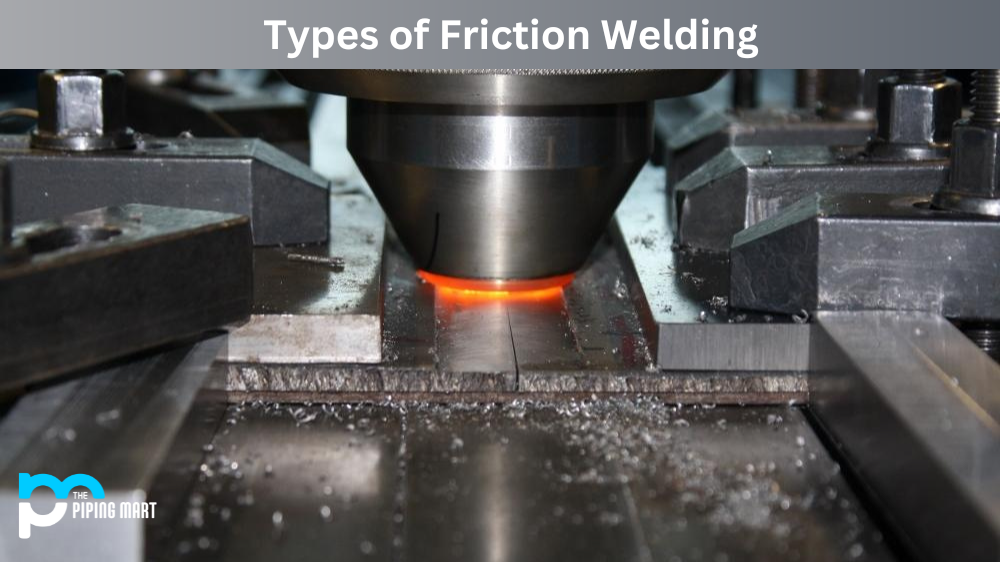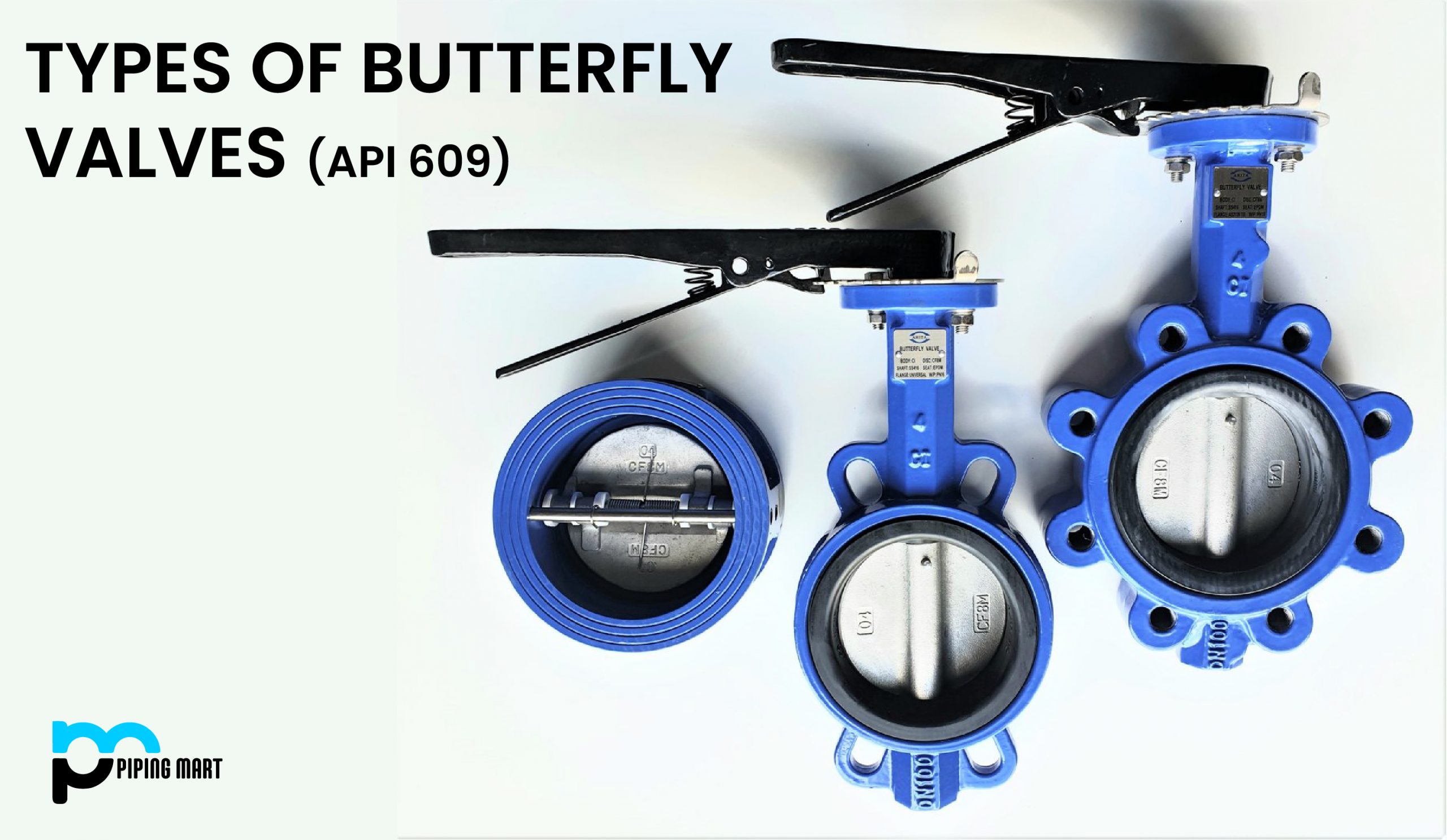Friction welding is a popular joining technique used in many industries. This process involves the application of heat and pressure between two materials to create a strong bond by coalescing the metal’s surfaces together. In this guide, we take a closer look at the different types of friction welding and how each one works.
Types of Friction Welding
There are four main types of friction welding processes: inertia (or spin) friction welding, linear vibration (or rubbing) friction welding, rotary friction welding, and flash/upset (or impact) friction welding. Inertia or spin friction welding is when two parts are clamped together and spun rapidly against each other until a weld joint is formed. Linear vibration or rubbing friction welding is when one part is held stationary while another part vibrates against it until a weld joint forms. Rotary friction welding is when two parts are clamped together and rotated against each other until they form a weld joint. Flash/upset or impact friction welding involves hammering each part together until they form a weld joint. Each type of these processes has its own advantages and disadvantages depending on what material you’re working with, as well as the type of weld you’re trying to achieve. Following are some common types of friction welding:
Friction Stir Welding (FSW)
Friction stir welding (FSW) is the most commonly used type of friction welding. This process uses a non-consumable tool that applies pressure and heat to two pieces of metal, which are then stirred together to form a bond. FSW produces high-strength welds resistant to corrosion and fatigue, making it ideal for use in aerospace, automotive, and electronics manufacturing industries.
Additionally, FSW can be used on materials such as aluminium alloys, nickel alloys, copper alloys, stainless steel alloys, titanium alloys, and zinc alloys. It is also an excellent choice for joining dissimilar metals or material combinations that would not usually be able to be joined using traditional methods.
Rotary Friction Welding (RFW)
Rotary friction welding (RFW) is another popular method of friction welding. This process utilizes heat and torque generated by rotating tools to join parts under pressure. RFW can produce high-strength welds in a wide range of materials, including aluminum alloys, copper alloys, stainless steel alloys, titanium alloys, nickel alloys, iron-based exotic metals, super alloys like Inconel and Hastelloy, ceramics, and composites. RFW is often used in the automotive industry due to its ability to join parts quickly with minimal distortion of material properties. The rotational speed can also be adjusted depending on the size or shape of the part being welded for optimal results. RFW has also been known to produce very smooth finishes on components, which may significantly reduce machining time after production and reduce costs associated with post-processing operations such as grinding or polishing components after they have been welded together.
Linear Friction Welding (LFW)
Linear friction welding (LFW) utilizes linear motion rather than rotation while applying heat and pressure between two materials to produce strong bonds. LFW can be used on a variety of metals, including aluminium alloy sheets or plates; copper alloy sheets or plates; stainless steel alloy sheets or plates; titanium alloy sheets or plates; nickel alloy sheets or plates; iron-based exotic metal sheets or plates; super alloy sheets or plates like Inconel; ceramics; composites; plastics; etc. LFW produces strong bonds with minimal distortion due to its uniform heating pattern along the entire length of the joint seam, which helps maintain consistent mechanical properties across both materials being bonded together during production runs without any additional postproduction processing required afterward, such as grinding/polishing, etc. LFW is commonly used in aerospace applications where weight reduction plays an important role since it eliminates any need for filler material which can add extra weight but still produces strong bonds between two pieces without sacrificing structural integrity from using inferior filler material during production runs, thus reducing the overall cost associated with production runs considerably since there will be no need for additional postproduction operations afterward like grinding/polishing, etc.
Orbital friction welding
Orbital friction welding is a modern manufacturing process that has become increasingly popular in today’s production environments. It is a strong alternative to traditional joining processes as it provides efficient, reliable results in a timely fashion. This form of welding combines orbital motion with heat and pressure over a fixed period of time. During this process, the workpieces are subjected to high-stress levels, which force them into intimate contact while creating an atomic bond between them. As a result, orbital friction welding provides great strength and integrity throughout the joined surfaces, making it an ideal choice for creating assemblies that require high precision and quality control.
Inertia Friction Welding
Inertia Friction Welding is a unique welding technique that produces strong and uniform bonds in components made of dissimilar materials. It uses an extremely fast rotating inertia mass to create frictional heat between two materials, which causes their surfaces to fuse. This technique can be used on metals such as aluminum, steel, and tungsten and certain frangible materials like carbon composites. The high-intensity forces make it suitable for joining parts with tight tolerance requirements. In addition to being less energy intensive and reducing production costs compared to conventional welding processes, it also allows for quick turnaround times in large-scale manufacturing operations.
Direct Drive Friction Welding
Direct Drive Friction Welding is an advanced joining process revolutionizing the industry. It allows for the efficient, secure, and effective welding of components and materials of varying sizes, shapes, and properties. This innovative approach eliminates the need to fabricate costly tooling or expend valuable time aligning parts in preparation for welding. Additionally, friction welding provides excellent compatibility with automated processes by utilizing a self-contained power source and direct drive motion system. It allows more accurate adjustment of weld parameters throughout the process. Best of all, it consistently yields high-quality joints with less cost than conventional methods like MIG or TIG welding. Direct Drive Friction Welding is transforming current technologies and paving the way for innovative future possibilities!
Conclusion:
Friction welding has become increasingly popular in many industries due to its ability to join metal parts quickly while maintaining high-strength bonds with minimal distortion throughout production runs—especially when compared to traditional methods such as gas tungsten arc welding (GTAW). There are three main types of friction welding currently available on the market today—friction stir welding (FSW), rotary friction welding (RFW), and linear friction welding (LFW)—each offering its unique advantages based on their intended applications across various industries ranging from aerospace engineering right through industrial manufacturing applications where cost savings play an important role during production runs without sacrificing product quality at any stage during their lifecycle from conception right through completion stages before being delivered out into marketplaces around world respectively depending upon customer needs/requirements analyzed beforehand accordingly prior engaging into production run cycles respectively. We hope this guide has given you some insight into these processes so you can make an informed decision when it comes time for your next project!

Abhishek is a seasoned blogger and industry expert, sharing his insights and knowledge on various topics. With his research, Abhishek offers valuable insights and tips for professionals and enthusiasts. Follow him for expert advice on the latest trends and developments in the metal industry.




